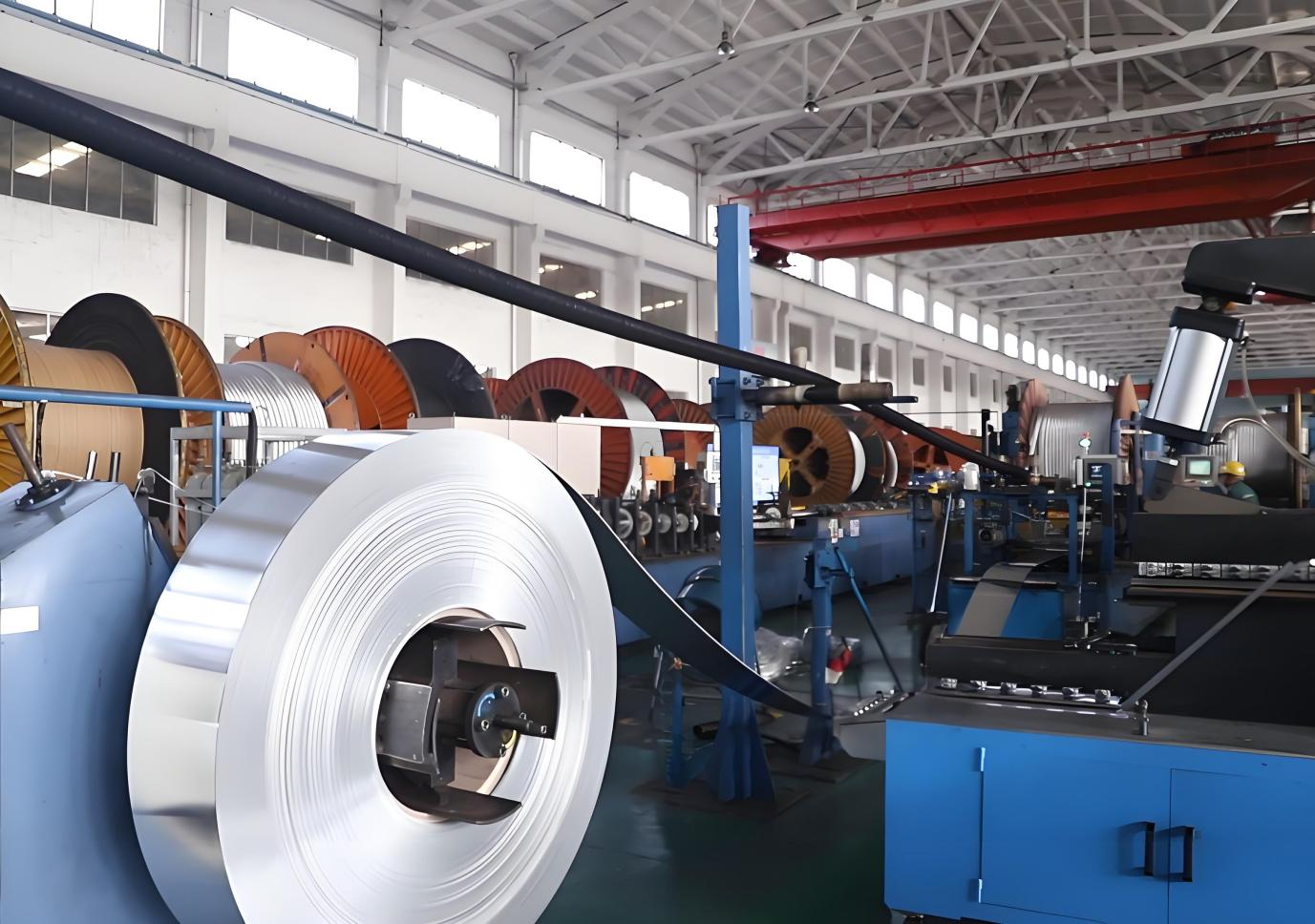How to Calculate Power Cable Size: A Step-by-Step Guide for Engineers
If you have ever worked on an electrical project, you surely know that picking the correct power cable is not as easy as just grabbing something that "looks thick enough." It's one of those little things that can make a system safe or unsafe and work well or not.
I still remember the first time I tried to size a cable on my own. I thought it was simple—just check the load current and pick a cable that can handle it. Turns out, there's a bit more to it. The good news is, once you understand the process, it's actually not that bad. Let's dive into how to calculate the correct power cable size step by step.
![How to Calculate Power Cable Size: A Step-by-Step Guide for Engineers 1]()
Step 1: Check Out the Current Load
The first thing to ask about every cable is how much current it can carry. To find this, divide the total power of the device or system by the supply voltage.
For example, if a motor is 10 kW and runs on 400 V, the current is 10,000 divided by 400, which is 25 amps.
Of course, if it's a three-phase load, there's a small twist because you'd divide by √3 times the voltage. But the idea is the same: find the current first, because cable size depends directly on how much current flows through it.
Step 2: Think About How Much Voltage Will Drop
A lot of people make mistakes here. Just because a cable can carry the current doesn't indicate that the voltage stays the same at the other end. The cable's resistance naturally causes a drop in voltage. If the voltage drops too low, your machine might not work well, or it might not even start. Most guidelines say that the voltage loss should be less than 3–5%.
To check this, you multiply the current, the length of the cable, and the cable's resistance per meter. It's surprisingly easy to underestimate this, especially if the cable run is long—say across a factory floor or through a tall building.
I once saw a workshop where the lights dimmed every time the heavy equipment started up. The reason? The cables were undersized, and the voltage drop was more than 8%. A simple calculation could’ve saved a lot of frustration there.
Step 3: Check for Short-Circuit and Thermal Limits
Even if a wire can handle normal current well, it still has to be able to handle a short-circuit, which is the worst thing that could happen. During a fault, the current can quickly rise to many times its regular level.
That heat can easily damage insulation or even melt the conductor if the cable isn't thick enough. Engineers usually check the short-circuit rating, which depends on the cable material, insulation type, and the protection device. It sounds a bit technical, but think of it like this: the cable needs to stay safe for as long as it takes for the breaker to trip.
Thermal limits work similarly. A cable's current-carrying capacity or ampacity changes with temperature. If it's installed in a hot area or bundled with several other cables, it carries less current safely. So, you have to apply correction factors based on the installation conditions.
Step 4: Pick the Nearest Standard Size
After the math, you'll end up with a required cross-sectional area. But cables come in standard sizes—like 2.5 mm², 4 mm², 6 mm², and so on. Always pick the next size up from your calculation. That gives you a little safety margin.
Step 5: Double Check with Cable Tables
Most cable companies include charts that show how much power each size can handle in different situations. It is always smart to check there to make sure of your results. It's even better to use software or online tools to quickly check it twice. But never rely on tools alone—understanding what's going on behind the numbers is what makes you a real engineer.
Wrapping It All Up
It might seem boring at first to figure out how big a cable should be, but until you see how it affects reliability in the real world, it's sort of fun. You're not just adding up numbers; you're making sure that systems stay safe, lights stay bright, and equipment works well. A cable that is selected after careful calculations will lose less energy, produce less heat, and last longer for everything that is linked to it.
So next time you want to guess a cable size, take the time to do the proper calculation. It only takes a few minutes once you get the hang of it. And honestly, it feels great knowing that your system won’t flicker, trip, or overheat because you sized the cables right. That's what good engineering is all about—clear thinking, careful checking, and making sure things just work.










